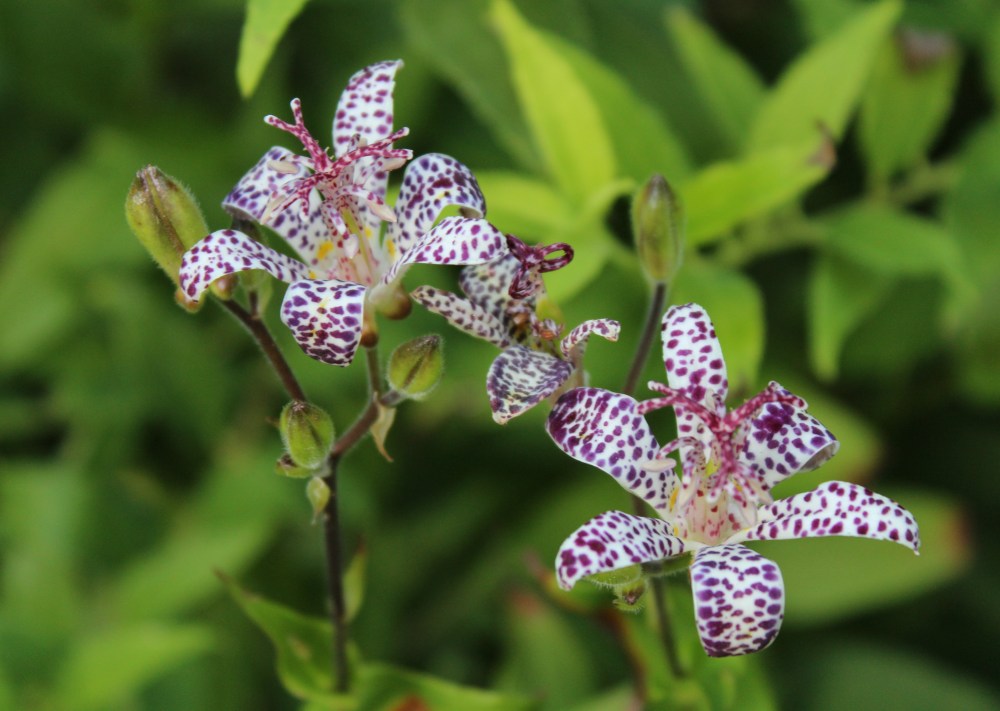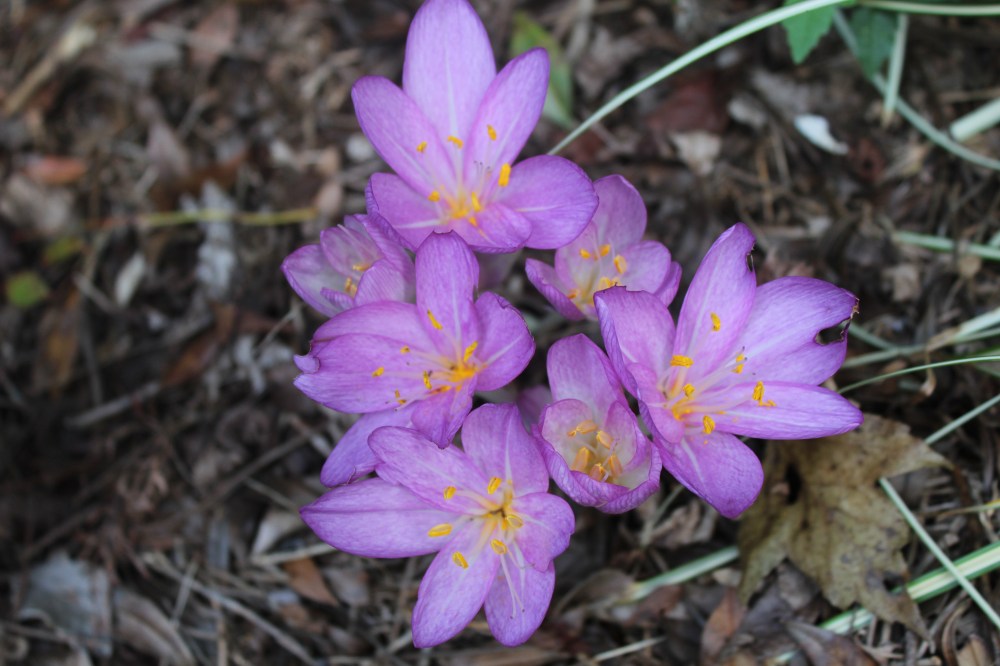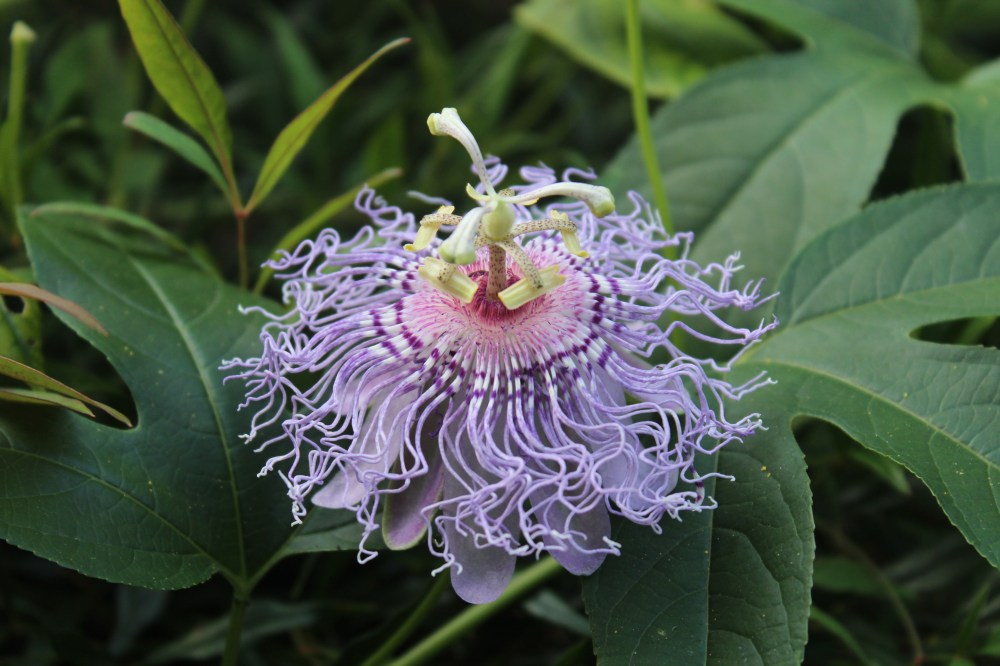Following late July surgery, an initial bout of boredom drove me outdoors in the worst of summer’s heat. Heat and sweat soothed the soreness as I bent and weeded, stretching the surgeons’s instructions more than a bit. Perhaps, an indication of the extent of my recovery is that I now spend fewer hours outdoors and more in the coolness of our basement. Though my aching back will be used as an excuse whenever convenient, recovery is substantially complete, and it is good sense that has brought me in from the heat.
Every gardener, I’m certain, is overjoyed by the first coolness of September, though this also portends the coming of frost and the tailing off of the garden season. Not a year goes by that I don’t wonder how the season has passed so quickly, and so it is this year, though summer stubbornly hangs on.
In recent weeks I’ve described the stresses of this hot and dry late summer. Tattered foliage will be evident until frost kills it to the ground, but in this garden that is filled more with trees and shrubs than shallow rooted perennials, damage besides the sad looking lawn is evident only if you look hard. Certainly, I’m more bothered by brown edged toad lilies (Tricyrtis, above) than a visitor to the garden, but since I cannot do a thing to change the heat and drought, I’m paying more attention to the flowers of late summer and less to damaged foliage.
With a cool and cloudy day over the weekend my wife was encouraged (not by me) to get outdoors, to do something. The first something to be done, she said, would be to prune the vigorous pink clematis (Clematis montana ‘Rubens’, above) that is invading ever larger portions of our deck and might soon grow to cover the grill. This is the odd clematis that must be pruned several times each year so that it does not overwhelm neighbors, or grow so rampant that it brings down a supporting trellis. Fortunately, my wife was distracted and didn’t get around to it, but now I must do the pruning or she might get back around to doing it. Too many times the garden has suffered from her well intentioned efforts.
I think that the autumn saffrons (Colchicum, above) might have flowered and passed beyond bloom more quickly in the heat and dryness, though several remain in bloom and others are just breaking ground. The gardener looking to plant these should try an assortment to extend the duration of flowering, which is only a few weeks, even in ideal weather.
The heat has not bothered the purple passionflower vine (Passiflora incarnata, above) at all, and in fact, perhaps the heat has encouraged the vigorous growth. I suspect that with the early exit of Japanese beetles there has been less stress, and the vine has grown more in the late season than early on. There are now many more flowers than are typical for September. In past years I’ve done a better job managing the growth of the passionflower vine, regularly tying stray stems to the wire that runs along the roof of the summerhouse. This summer, I tied off the first long stems, but nothing since, and now I must duck under the vine to get back to the koi pond. It’s hardly a bother worth mentioning, and I’ve no complaints about the more abundant growth or number of blooms.
Do you have any crape myrtle (tonto) in your garden? I know its a southern plant, but mine is growing just fine up here in southern New Hampshire.
No Tonto, but several other crapemyrtles in the garden. An Arapaho died after the freezes of 2014-2015, and I’m a little surprised that Tonto survived for you. With warmer winters over the past few decades crapemyrtles have gone further north, and further inland. I suspect that many were killed in the cold winters, but along the coast and in protected areas there are probably more survivors. In the past twenty years, crapemyrtle has gone from barely known in the mid Atlantic area to the most planted tree.